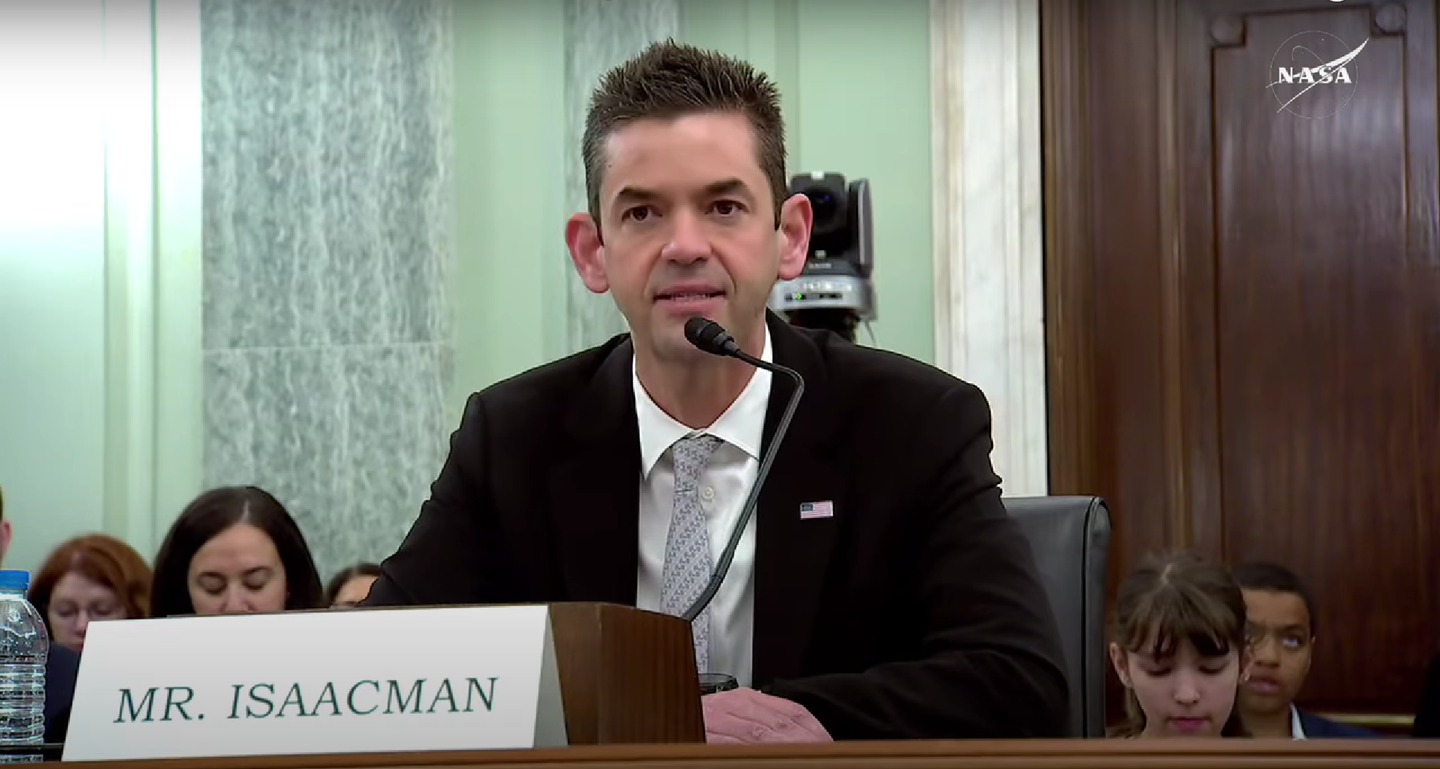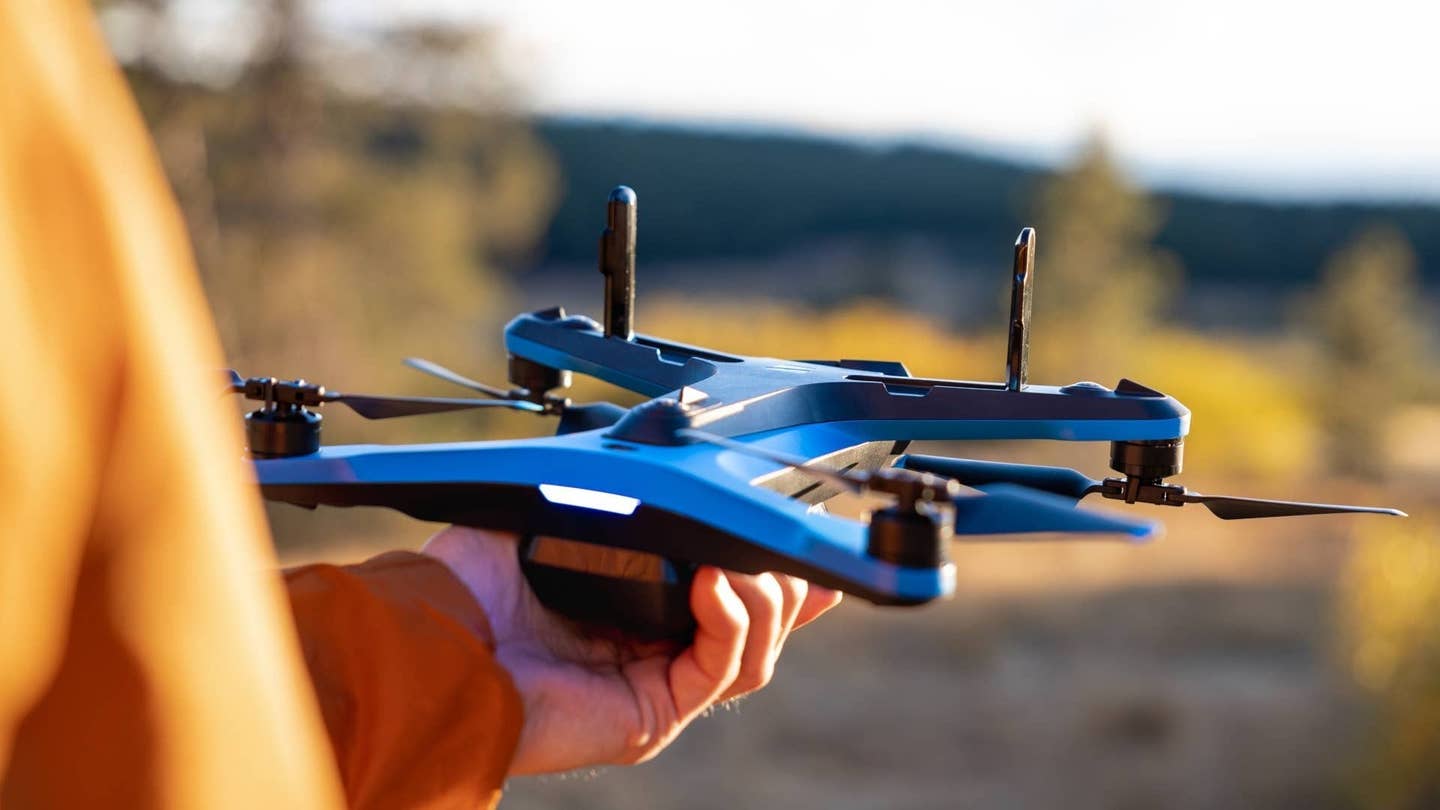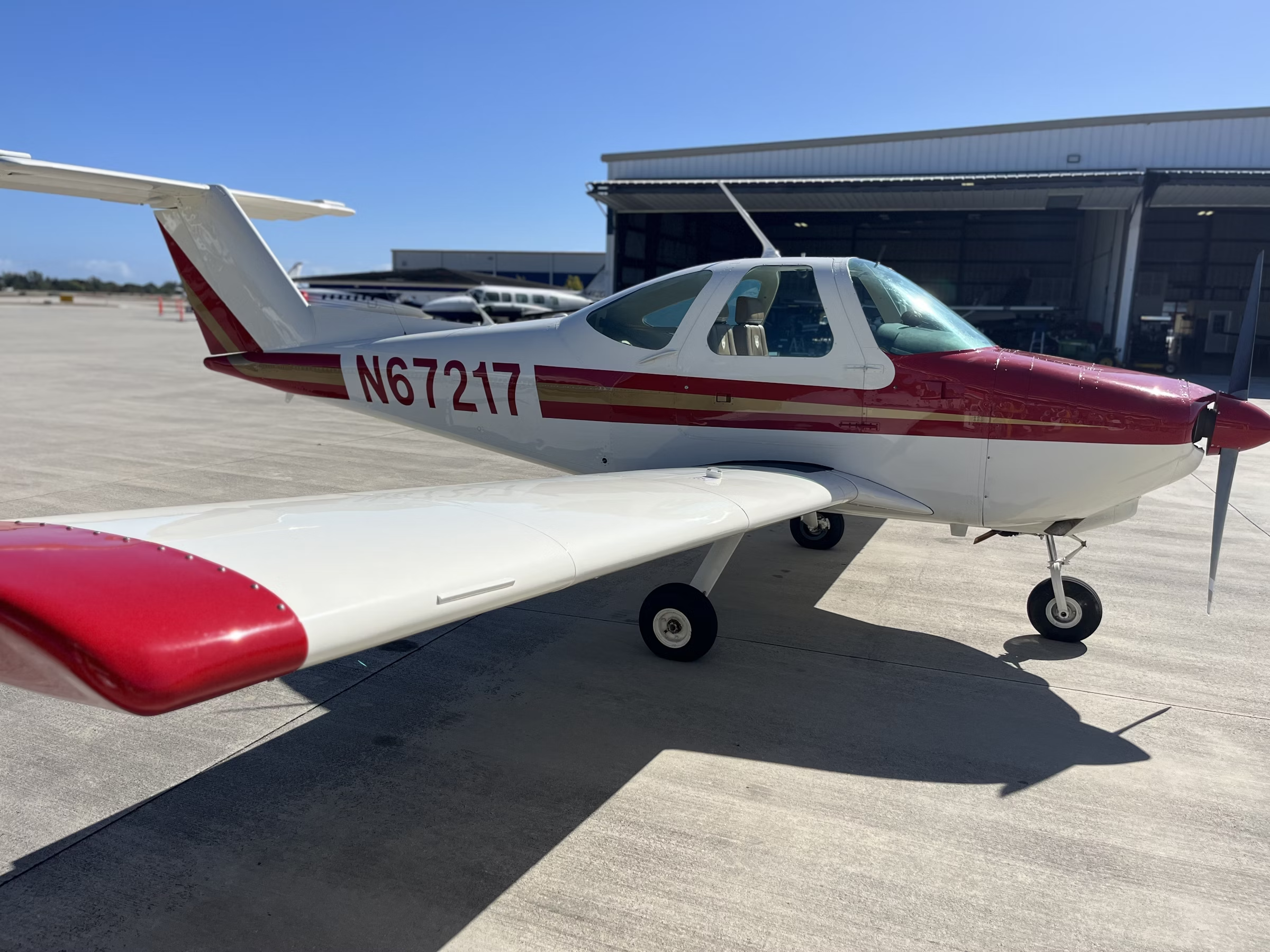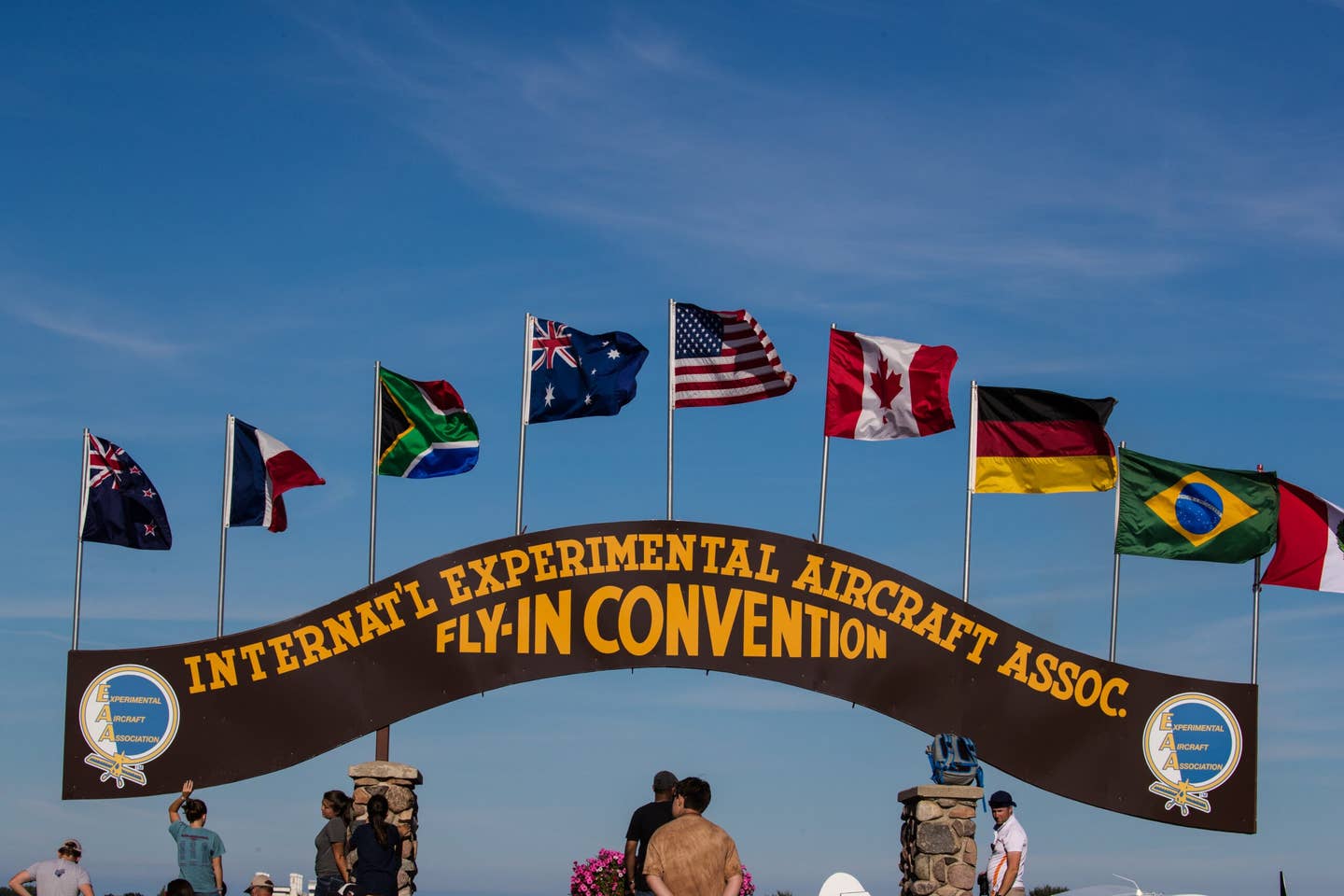3 Undervalued Aircraft Types of Spring 2025
Now is the time to watch for buying opportunities being pulled out of their hangars for the first time in months.
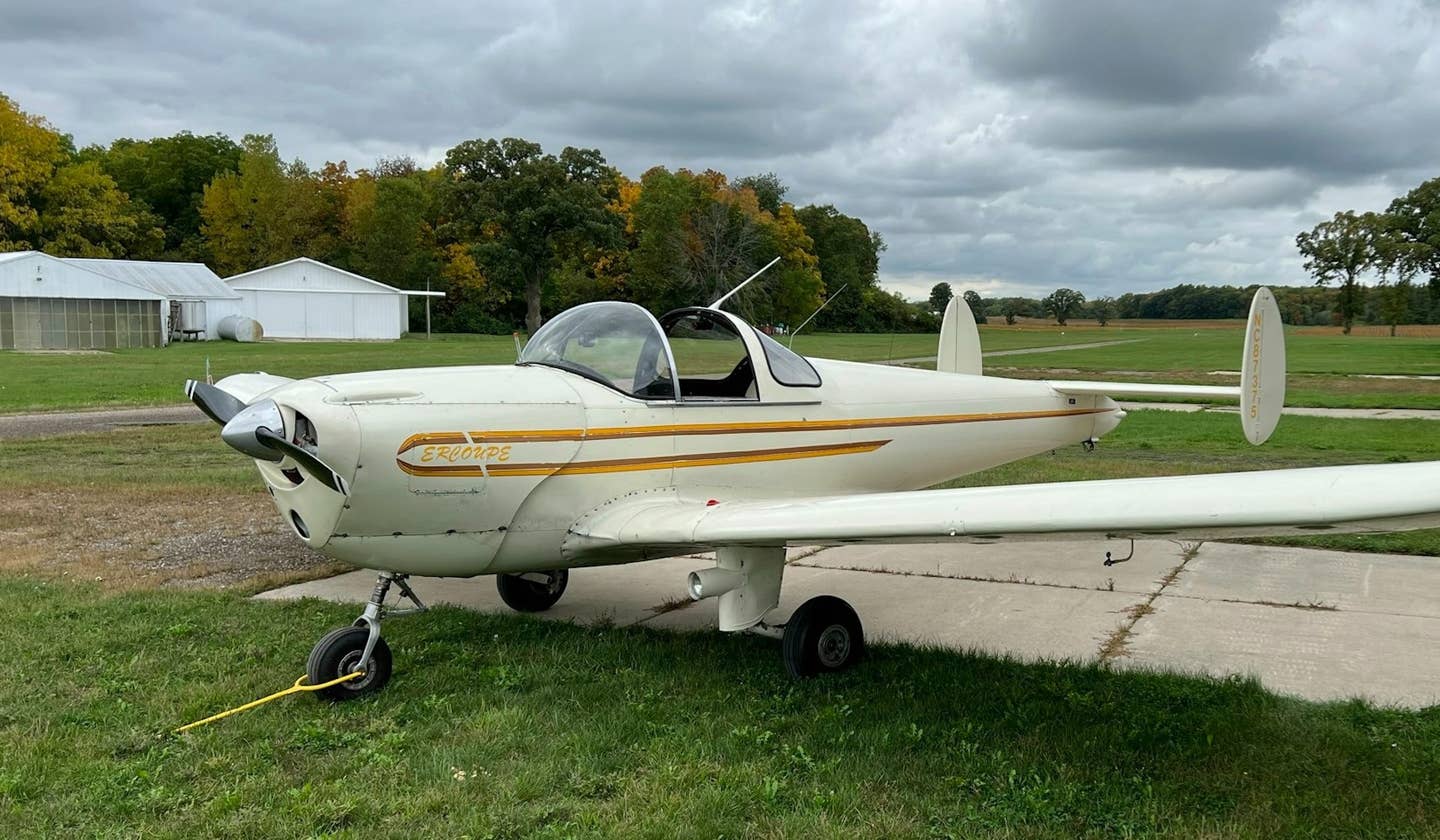
Providing an open-cockpit, 1930s-era flying experience for roughly the cost of a new Honda Civic, the classic Ercoupe is one of the best values out there. [Credit: Dan Green]
Spring is in full swing, and as the weather becomes warmer and days become longer, fly-ins and pancake breakfasts begin to pepper calendars across the country. It’s a good time of year to own an airplane, and for pilots still in the prospective owner stage, now is the time to watch for buying opportunities being pulled out of their hangars for the first time in months.
As is typically the case, certain aircraft types that are in high demand command top dollar. Four-place Cessna taildraggers and Grumman AA-5s, nice as they are, remain as pricey as ever. Even the two-place Grumman AA-1s, once firmly rooted in the $20,000-$30,000 range, are now commonly listed for $50,000 to $60,000.
The trick is to seek out the types flying under the radar. Even in a seller’s market, certain types either go unnoticed by the masses or are brushed aside and disregarded because of largely unfounded stereotypes. This spring, I’ve noticed a few standouts:
Luscombe 8-Series
The Luscombe 8-series dates back to the 1930s and blends a small taildragger airframe with side-by-side seating, control sticks, and small, 4-cylinder Continental engines. With the exception of the prewar examples that used fabric-covered wings, they are all-metal airplanes that are relatively simple and, with nearly 6,000 built over the years, have relatively good parts availability.
Despite checking a number of boxes, Luscombe prices are notably lower than comparable types. A look through the most popular classified websites reveals many examples priced in the $20,000-30,000 range, including one beautifully polished specimen with wheel pants and a low-time engine for under $25,000.
Why are these vintage taildraggers roughly half the price of some of the more popular types? From what I’ve gathered through chats with owners and buzz in type communities, there are two factors at play. One is entirely legitimate, and the other less so.
The first factor that turns many would-be buyers away from Luscombes is their small size and cramped quarters. The Luscombe 8 cabin is narrower than most. Listed widths vary based on the source, but having flown both, I found it to be noticeably narrower than the Cessna 140—which certainly cannot be described as roomy.
More important than width, however, is the crowded workspace. With dual, floor-mounted control sticks, there is virtually no space for legs that are even slightly longer or thicker than average. Cram two slightly larger individuals into a Luscombe, and it’s unlikely you’ll make it past the “Flight controls-free and correct” portion of the before-takeoff checklist.
The less legitimate factor keeping Luscombe prices down is the type’s reputation for “tricky” or “twitchy” handling. While it is true that Luscombes are more responsive than, say, J3 Cubs, there’s nothing unpredictable about them—they simply respond to control inputs promptly and crisply.
In my experience, a Luscombe is to a 140 or J3 as a Honda CBR or Ducati Panigale is to a Harley Heritage Classic. Whereas the relaxed, sleepier option might allow you to respond to some texts and take a bite of your breakfast sandwich while blasting around the freeway on-ramp, the quicker ones must be actively managed and will promptly respond to any subtle nudge of the controls.
If you can fit into a Luscombe, are on a budget, and are interested in a fun flying experience that will never become boring, the little taildragger could be your hidden gem.
Ercoupe
Like the Luscombe, the Ercoupe hails from the 1930s, has side-by-side seating in a narrow cabin, and was built in enough numbers to ensure good parts availability. But, unlike the Luscombe, the narrow cabin feels larger and roomier than it is. This is thanks to two factors.
First, the Ercoupe was initially designed without rudder pedals. Instead of enabling the pilot to control the rudders (plural, thanks to the stylish twin-tail design) and ailerons independently, the Ercoupe uses an interconnect. This makes it impossible to fly in an uncoordinated state and, thus, makes the airplane spin-resistant.
To steer the Ercoupe on the ground, one simply turns the control wheel left or right. To land in a crosswind, one simply levels out in a crab, just over the runway, and when the trailing-link main gear touches down, it gently “weathervanes” the airplane into alignment with no thought or effort required of the pilot.
Because the floor is uncluttered by control sticks or rudder pedals, there is more space for larger-sized individuals. Look up, and the panoramic view afforded by the unique canopy design makes it feel even more open. Indeed, on warm days, each sliding panel can be dropped into its respective side, making the airplane feel like it has an open cockpit.
The Ercoupe’s unconventional design seems to be offputting to many, which bodes well for shoppers looking for a combination of vintage charm and good value. Additionally, compared to tailwheel types, the Ercoupe’s tricycle-gear configuration will make it far more affordable to insure.
Presently, several nice-looking Ercoupes with low total and engine times are available for well under $30,000. One example that hasn’t flown in five years is listed for only $18,500, and an extraordinarily well-maintained example with which I’m personally familiar can be had for $28,000. Even the more expensive of the two is priced lower than a base Ford Escape.
On top of value, however, Ercoupes are simply fun airplanes. Wrapped in 1930s art-deco style with the canopy lowered, you feel like you’ve traveled back in time. If Pixar decided to manufacture a personal, two-place airplane, this is precisely what they’d come up with.
Oddball Experimental Types
Recently, I’ve noticed some experimental types that seem to offer tremendous value for the dollar. While an experimental aircraft comes with its own unique advantages and concerns, there are enough attractive opportunities out there to warrant a closer look—particularly if you have an active, helpful EAA chapter, or local community of owners to lean on for advice and support.
Among the intriguing listings I’ve spotted lately is an aerobatic Stolp Starduster Too, listed at $40,000. This stood out to me as a notable deal because, with under 500 hours on airframe and engine, the asking price is on par with the value of the engine all by itself.
A closer look reveals that this lightweight, 180 hp biplane is known for providing serious performance while also being relatively straightforward to fly and handle. Even if the next owner only ever uses it for relaxed, open-cockpit cruises on warm summer evenings, the experience would be far more memorable than another flight in an old 150 of similar value.
It gets better.
For only $23,000, one can purchase an eight-year-old Bakeng Deuce parasol monoplane with a 160 hp O-320 and only 59 hours on airframe and engine. Once again, the price for the entire airplane is less than the going rate of the engine itself.
To be sure, diving into ownership with a relatively rare homebuilt could be quite the endeavor - but with a bit of technical know-how, a willingness to learn and become a subject-matter expert, and some friendly support along the way, some of these airplanes seem to be untouchable in terms of value for the dollar.
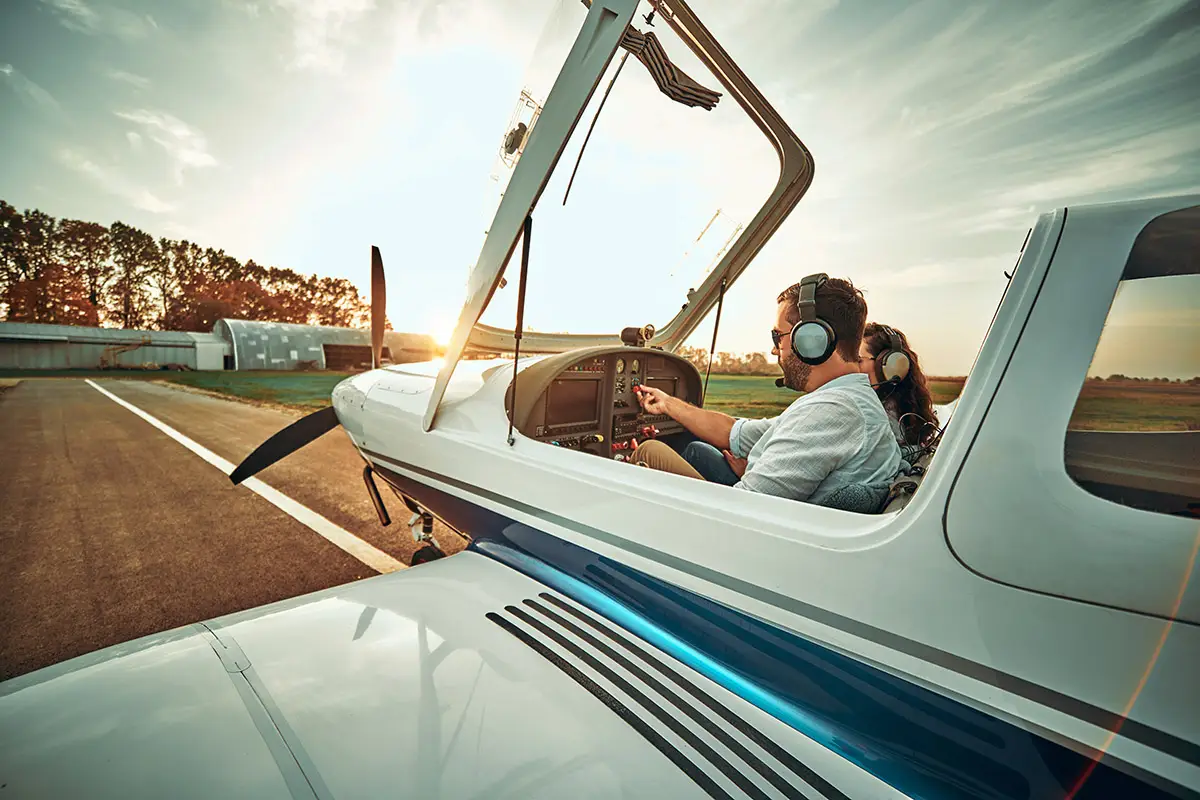
Sign-up for newsletters & special offers!
Get the latest FLYING stories & special offers delivered directly to your inbox


